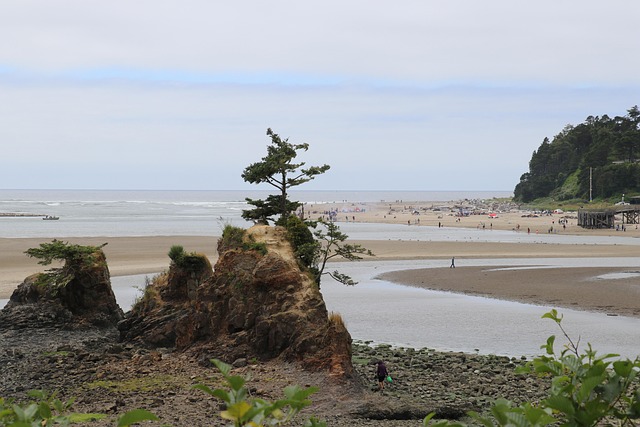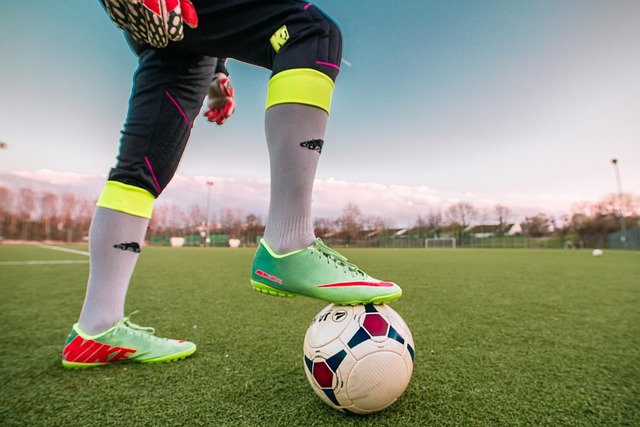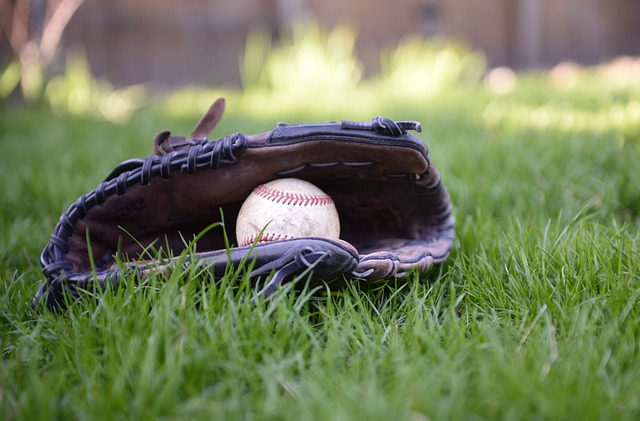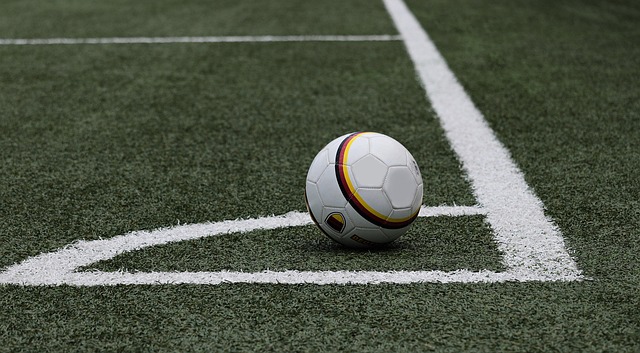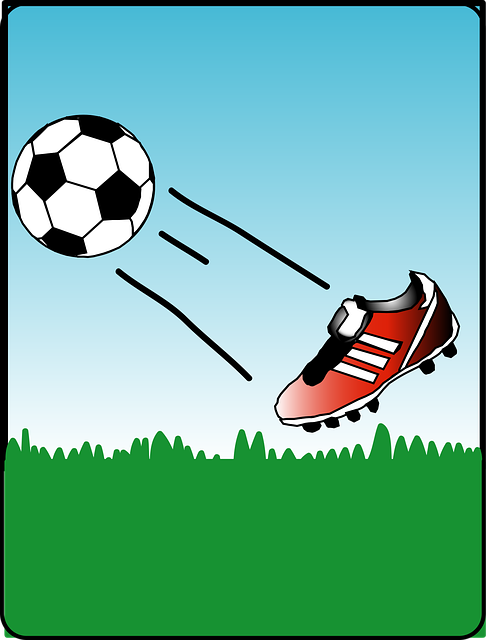The success of the Oregon Ducks soccer team relies on modern, adaptable training facilities that cater to diverse skill levels and strategic needs. Upgrading infrastructure, including artificial turf fields, athletic centers, and specialized equipment, enhances player development, attracts top talent, and prepares them for intense NCAA and local Oregon soccer rivalries. These improvements not only benefit the current team but also solidify Oregon's position as a competitive force in college soccer.
The success of Oregon Ducks soccer depends not just on talent but also on optimal facility conditions. This article explores comprehensive strategies for enhancing the Ducks’ training facilities, focusing on best practices, field optimization, advanced technology, and community engagement. By examining current trends in NCAA soccer leagues, we provide actionable insights to elevate the team’s performance, from improving practice areas to fostering a vibrant, competitive environment through community involvement, all geared towards supporting Oregon Ducks soccer players and their strategic growth.
- Enhancing Training Facilities for Oregon Ducks Soccer
- – Overview of current facilities and their impact on player development
- – Best practices for improving training spaces for college soccer teams
- Optimizing Fields and Practice Areas
Enhancing Training Facilities for Oregon Ducks Soccer

The Oregon Ducks soccer team has long been a powerhouse in college soccer, with their players showcasing exceptional talent on the pitch. To maintain this competitive edge, enhancing training facilities is paramount. Modern soccer training programs require state-of-the-art equipment and versatile spaces to accommodate various drills and tactics. By investing in improved facilities, the Ducks can offer their players an optimal environment to refine skills, strategize, and prepare for intense NCAA soccer leagues matches.
In the competitive landscape of Oregon soccer rivalries, where every game matters, having top-notch training grounds can be a decisive factor. The upgraded facilities will not only benefit the current Ducks soccer players but also inspire future athletes to strive for excellence. With improved practice spaces, the team can run more efficient and targeted training sessions, ultimately contributing to their success on the national stage.
– Overview of current facilities and their impact on player development
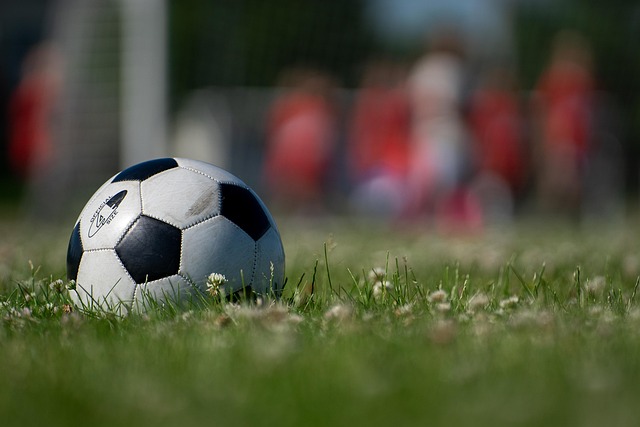
The current facilities for Oregon Ducks soccer play a significant role in shaping the team’s success and player development within the competitive NCAA soccer leagues. The program boasts several state-of-the-art training grounds, including high-performance artificial turf fields and modern athletic centers. These resources enable Ducks soccer players to engage in specialized soccer training programs tailored to their skill levels, ensuring optimal preparation for matches against fierce Oregon soccer rivalries.
The bustling environment fosters a competitive spirit, mirroring the intensity of professional soccer. The facilities’ design facilitates strategic coaching sessions and team bonding, contributing to the cohesive unit that the Ducks field. With these advantages, Oregon Ducks soccer is well-positioned to attract top talent, compete for conference titles, and make deep runs in NCAA tournaments.
– Best practices for improving training spaces for college soccer teams
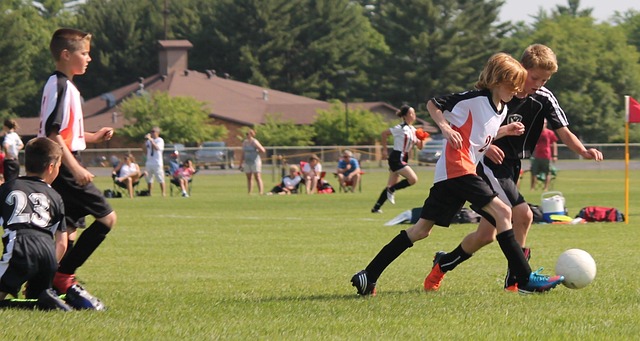
The facilities where college soccer teams train play a significant role in their success and player development. For the Oregon Ducks soccer program, enhancing training spaces can be a game-changer, especially with the intense competition within the NCAA soccer leagues and prominent Oregon soccer rivalries. Best practices involve creating multi-purpose fields that cater to different training needs, from skill development drills to tactical sessions. These versatile surfaces should prioritize player safety and durability, meeting the high-performance standards of Ducks soccer players.
Implementing advanced irrigation systems and proper drainage ensures optimal field conditions year-round, which is crucial for consistent training quality. Additionally, incorporating state-of-the-art fitness centers and recovery facilities nearby allows Ducks soccer players to maintain their physical prowess and speed recovery. These improvements not only benefit the current team but also attract top high school prospects, contributing to the ongoing success of Oregon Ducks soccer in competitive NCAA soccer leagues.
Optimizing Fields and Practice Areas

To elevate the performance and overall experience for both Oregon Ducks soccer players and fans, optimizing fields and practice areas is paramount. The natural playing surface should be meticulously maintained to ensure it meets the highest standards, mirroring the smooth and fast conditions often seen in NCAA soccer leagues. This includes regular aeration, irrigation, and topdressing to create a firm, consistent, and safe playing surface, ideal for developing quick footwork and agility. Additionally, strategic markings and goal posts should be state-of-the-art, providing clear lines of sight for both players and spectators alike, enhancing the visual experience during Oregon Ducks soccer games.
Practice areas are equally important, serving as the Ducks soccer players’ playground outside of competitive matches. Dedicated spaces for skill development, including shooting ranges, passing lanes, and small-sided game areas, will enable coaches to implement targeted soccer training programs. These specialized zones cater to specific drills and tactics, fostering teamwork, individual skills, and strategic thinking among college soccer teams. Moreover, considering the intense Oregon soccer rivalries within NCAA conferences, top-notch practice facilities send a clear message of commitment to excellence, inspiring Ducks soccer players to strive for victory in both local and national competitions.
